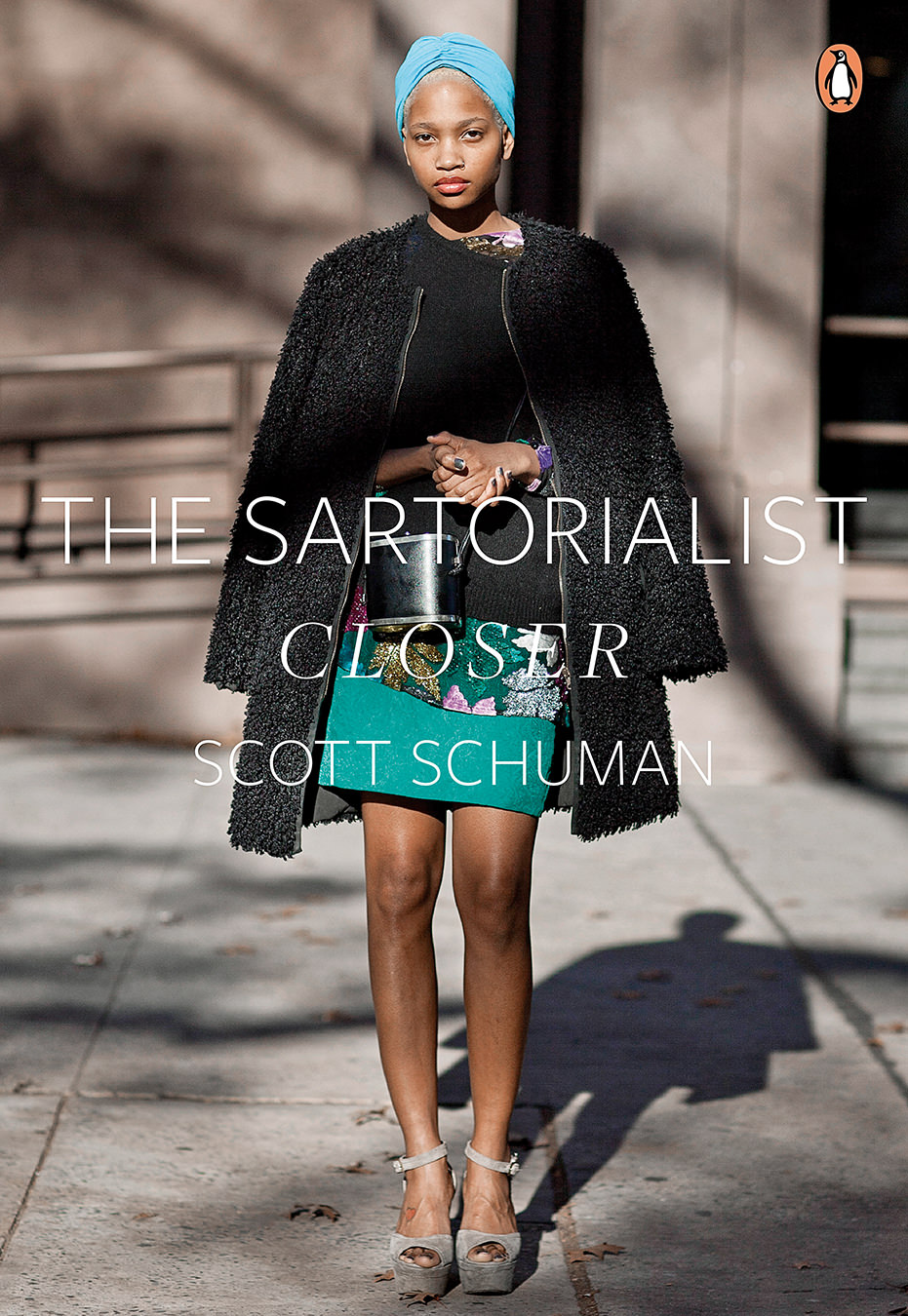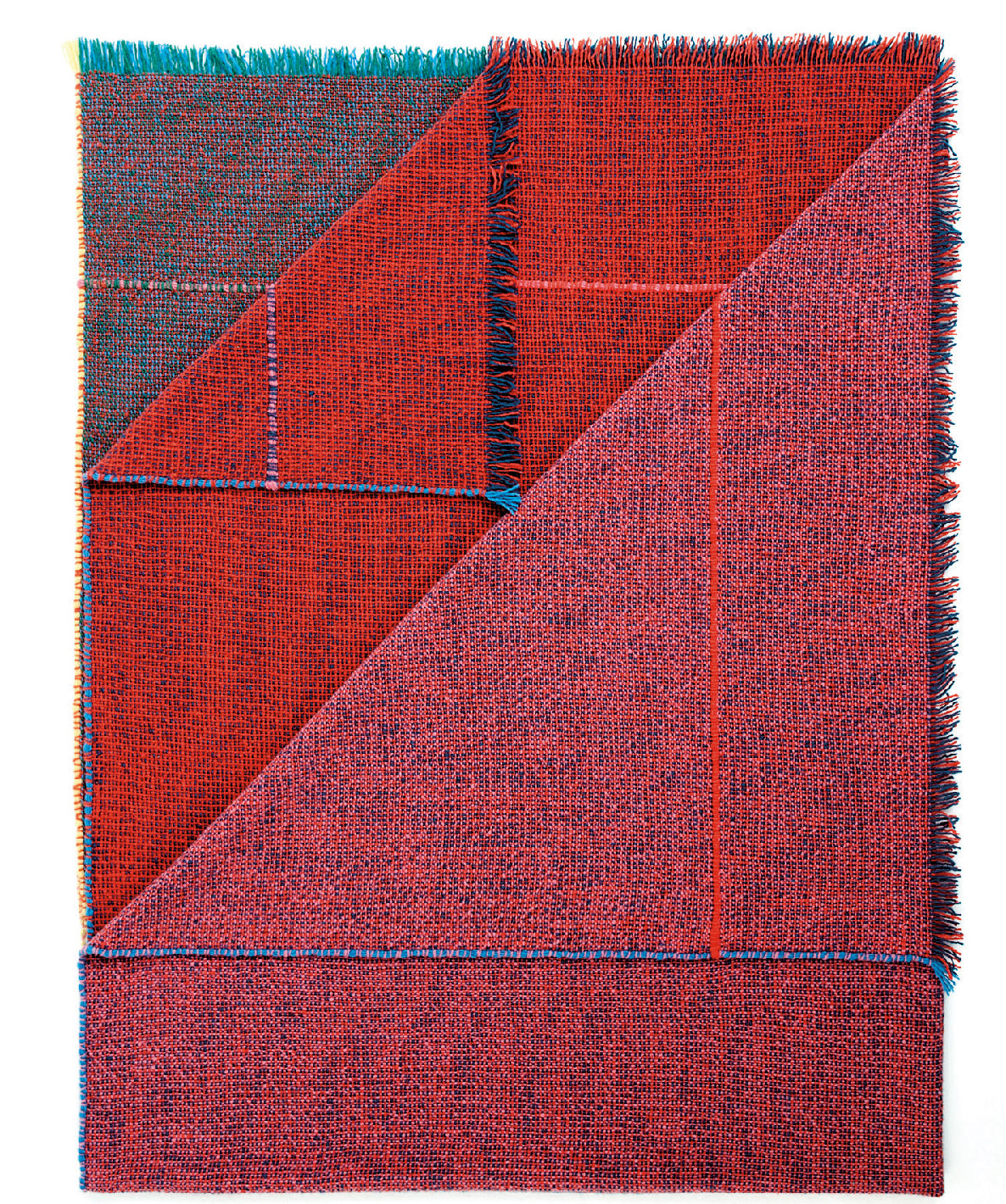
© Louis Vuitton Malletier
A Moment to Examine the Connection Between Japan and Luxury Goods
A new book takes a detailed look at how Louis Vuitton took inspiration from Japan and its culture.
Apart from France, there may be no country more important to the development of Louis Vuitton as a brand than Japan. The company’s namesake founder and family documented early adventures to the Far East with French nobility. The influence of early Japanese trade and culture is well linked throughout its formative years, and the connection to Japan endures through recent decades of collaborators and releases.
Louis Vuitton and Japan: Visionary Journeys (Rizzoli) brings together the insights of several art curators, historians, and a brand expert to showcase this long-standing cultural connection. The book homes in on a few topical features, especially the construction and heritage of Louis Vuitton’s signature trunks. The authors also pick up on more of the earliest history and origin stories, such as the creation of the LV monogram. While the monogram’s exact origins are not clear, the connection to Japan is. There are several points made about how late 19th-century Japanese design influenced the monogram’s earliest versions.
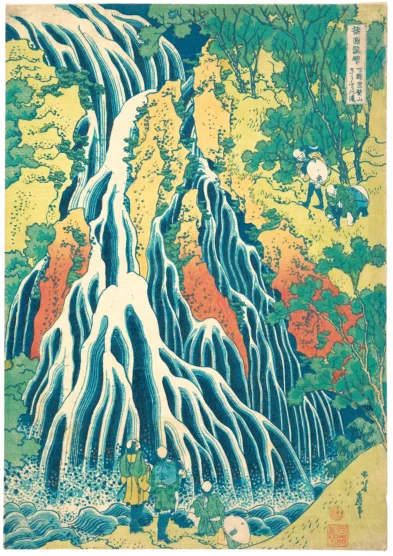
Metropolitan Museum of Art, New York. Henry L. Phillips Collection, Bequest of Henry L. Phillips, 1939 (JP2924).
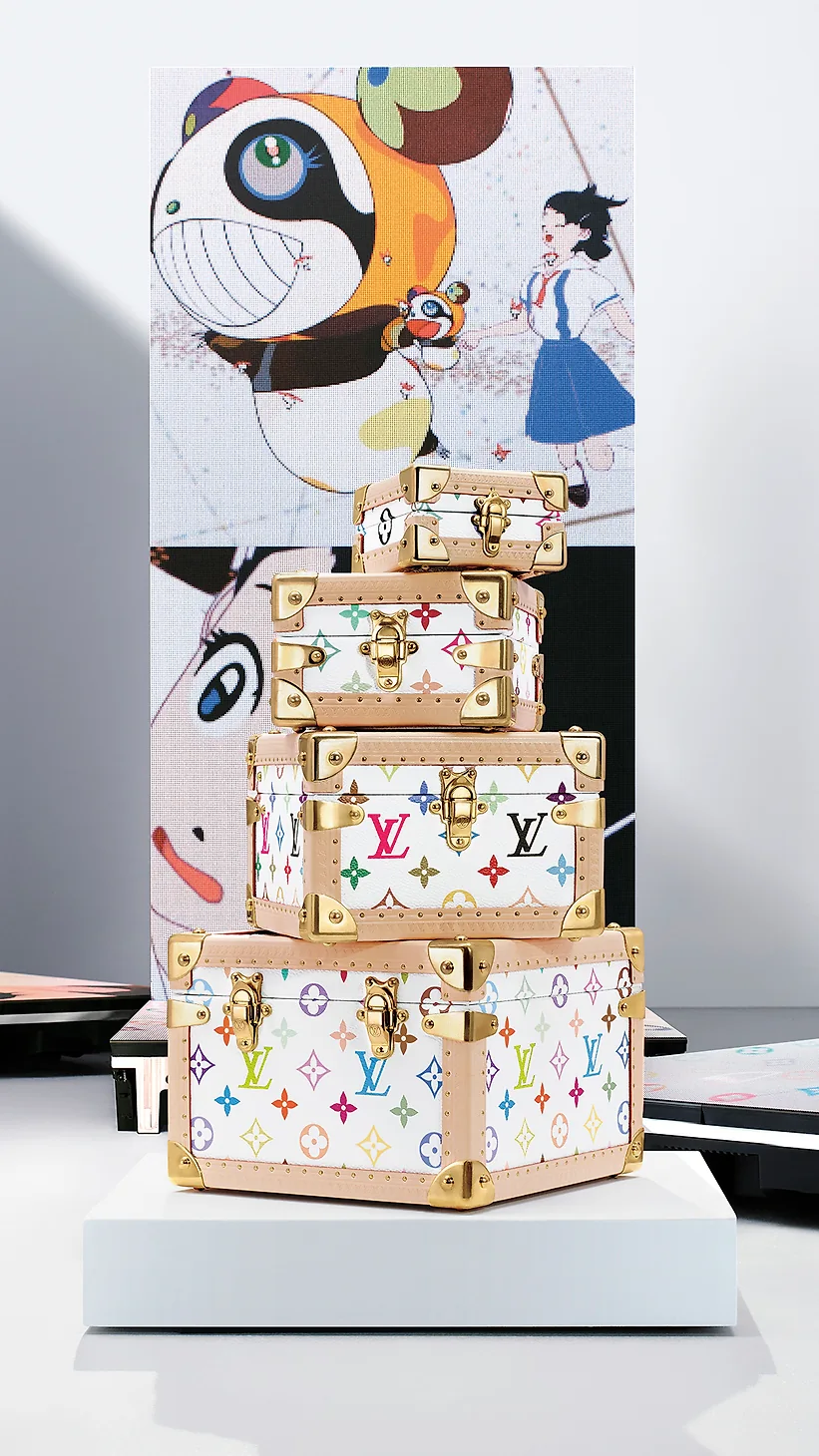
© Louis Vuitton Malletier
The book comes at a particularly poignant cultural moment for Japan. In the last 10 years, tourism to the country has almost doubled, and although Japan was once considered off the beaten path, it is now a must-see destination for western tourists and is unlocking gates to its art, fashion, style, and traditions like never before.
The authors detail a lineage that began with Louis Vuitton’s first-known Japanese client, a diplomat who bought a trunk in October 1874. Louis’s grandson, Gaston-Louis Vuitton, was also interested in Japanese culture, using prints and relics from the country to inspire LV designs and prints throughout the first third of the 20th century.
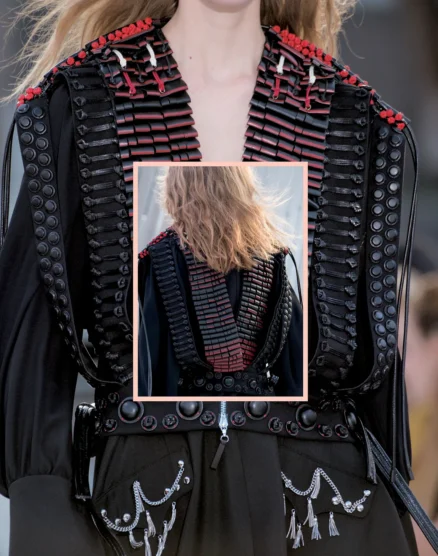
© Giovanni Giannoni

© Louis Vuitton Malletier
Marc Jacobs brought his own influence and inspiration from Japanese culture when he was appointed the brand’s creative director in 1997. He was already a longtime fan of Japanese design, and his time at LV included a collaboration with Takashi Murakami for the spring-summer 2003 collection. There are a number of other noted Japan-connected collaborations throughout the brand’s modern era, including Virgil Abloh’s spring-summer 2022 collection, which was one of the last from the late creative director and fashion designer.
The second half of the book details the house’s broader impact on global fashion, specifically through its bags and trunks, using a few case studies and a lineage already well detailed elsewhere, plus readily available photographs and historical examples. Toward the end is a nice retrospective on the leading creative directors of Louis Vuitton’s fashion divisions, starting with Jacobs and concluding with Pharrell Williams’s current leadership.
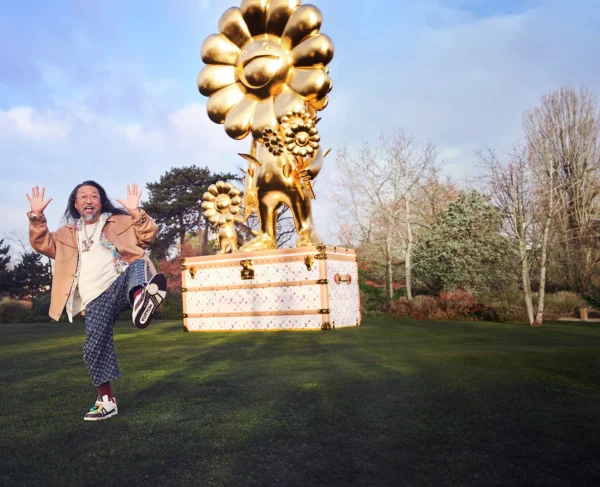
© Jean-Marie Binet
At this moment, the book offers an interesting reflection on the links between Japan and modern luxury culture. As a fashion house, Louis Vuitton still very much looks to Japan to inform new releases, and its most prominent leaders are not shy about adopting Asian style and influences. The book reaffirms that across the luxury and designer landscape, Japan is an important market and cultural influence that will continue to remain relevant.




